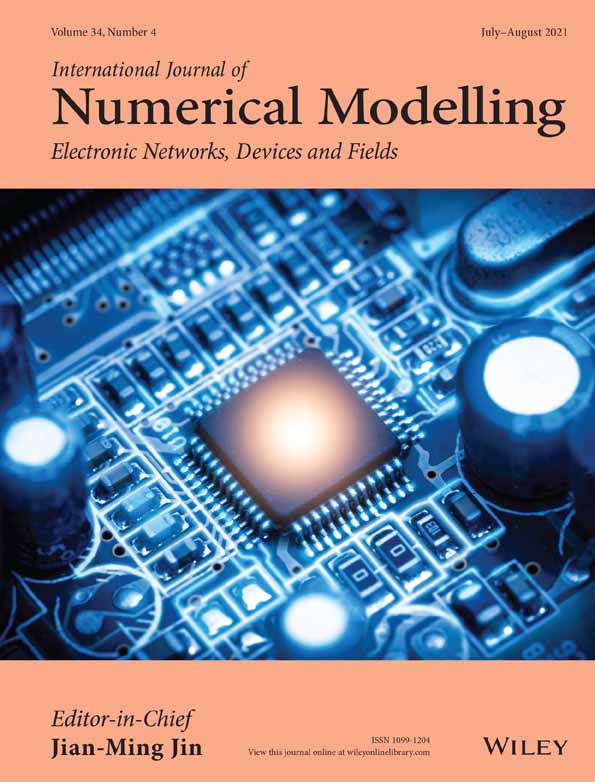Automated adaptive TFSF method for solving time domain Maxwell's equations
Abstract
The total field–scattered field (TFSF) formulation is quite popular for solving Maxwell's equations in finite difference time domain (FDTD) and finite volume time domain (FVTD) methods. Here a fixed TFSF interface around the scattering body is employed to separate the total field (TF) cells and scattered field (SF) cells. This interface is selected based on experience as it is assigned prior to the solution, and, therefore, the solution accuracy may not be optimal. In the present work, a novel automated adaptive total field–scattered field (ATFSF) method is proposed for accurately computing the electromagnetic scattering by complex-shaped metal objects excited by an external plane wave. In the proposed method, an algorithm is devised to dynamically identify the TF cells and the SF cells, to be solved using TF and SF methods, respectively, using intensity of electromagnetic (EM) wave. The algorithm is tested in a 2-D spectral volume time domain (SVTD) framework for solving electromagnetic scattering, and the predicted surface current/radar cross section is compared against the SF, TF, and the conventional TFSF methods. It is seen that the present method improves the solution accuracy significantly.
Open Research
DATA AVAILABILITY STATEMENT
Data openly available in a public repository that issues datasets with DOIs.




